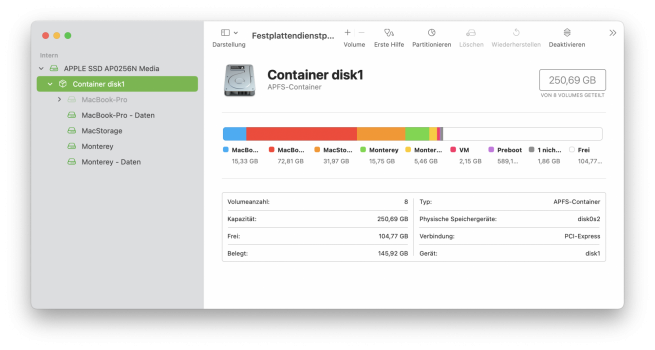I have a 2019 16" MacBook Pro and I just clean installed Monterey 12.2. It's the only volume (group) on the system. I want to "dual boot" Monterey (personal) and Big Sur (work), but I am not sure if you can "go backwards." Will macOS firmware allow me to add a Big Sur volume? And out of curiosity, would it allow me to add a Catalina volume even though Catalina has a different file system hierarchy compared to Big Sur and Monterey? If so, would doing either of these things cause any issues? Thanks.
EDIT: To anyone who may come across this thread in the future, this does work. 👍
EDIT: To anyone who may come across this thread in the future, this does work. 👍
Last edited:


